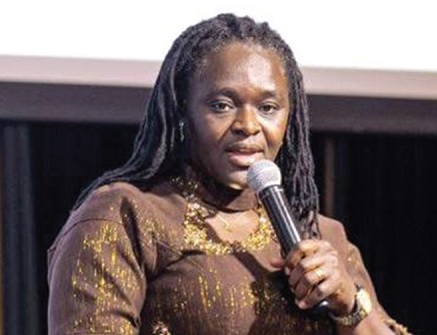The Environmental Protection Authority (EPA) has launched a real-time emissions monitoring system to strengthen oversight of industrial pollution in the country.
Known as the “Ghana Online Continuous Emissions Monitoring System (GOCEMS)”, the system, launched in Accra, was developed in partnership with ECHT Environmental Services, employs industrial-grade sensors installed at pollution sources to track pollutants such as carbon dioxide, sulphur dioxide, nitrogen oxides, and particulate matter.
The sensors feed data into a Data Acquisition System (DAS), which processes the samples, validates the readings, and securely transmits real-time information to a central database.
The data is aggregated and processed through a centralised cloud-based dashboard managed by the EPA, which flags anomalies or emission breaches in real time.
The EPA Chief Executive Officer (CEO), Professor Nana Ama Browne Klutse, said unmanaged emissions from industries were contributing to a rise in respiratory illnesses, cardiovascular diseases, and other serious health conditions.
She referenced a 2020 World Bank report, which estimated that environmental degradation costs the country $6.3 billion annually—nearly 11 per cent of GDP—with air and water pollution alone accounting for more than $4 billion.
Prof. Klutse said the system represented a step forward in improving how the country monitors industrial emissions.
“The current monitoring regime in industrial establishments does not allow for quick identification and resolution of pollution episodes, and this is a drawback to effective pollution management. Real-time monitoring will help in a prompt response to any pollution events,” she said.
She explained that the GOCEMS system would enable the EPA to better enforce environmental permit conditions by ensuring industrial compliance with emissions standards.
By capturing data on air quality, water discharges, and even ambient noise, the platform will also enhance transparency and accountability across high-emission sectors.
Prof. Klutse called on stakeholders for support and stressed the shared responsibility of environmental protection, noting: ‘Pollution knows no boundaries. Our actions today will determine the health of generations to come.’”
Surmounting challenges
Also speaking at the function, the Chief Director of the Ministry of Environment, Science and Technology, Suweibatu Adam acknowledged both the potential and the challenges of implementing the system.
She mentioned that while GOCEMS offered transformative benefits in tracking and managing industrial pollution in real time, its success could be constrained by high installation costs, limited technical expertise, poor internet connectivity, and low public awareness.
To address these challenges, Ms Adams called for stronger public-private partnerships, international collaboration for funding and technical support, and local innovation driven by universities and tech companies.
She reaffirmed the ministry’s commitment to fully support the EPA and urged close cooperation between the EPA’s technical team and ECHT Environmental Services.
He emphasised that GOCEMS was not merely a tool, but a strategic necessity for strengthening environmental governance, climate reporting, and improving public health outcomes in the country.

